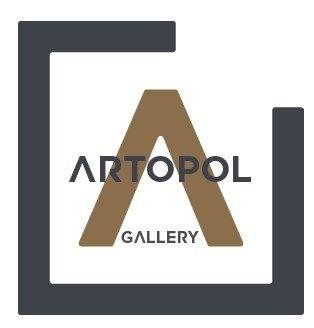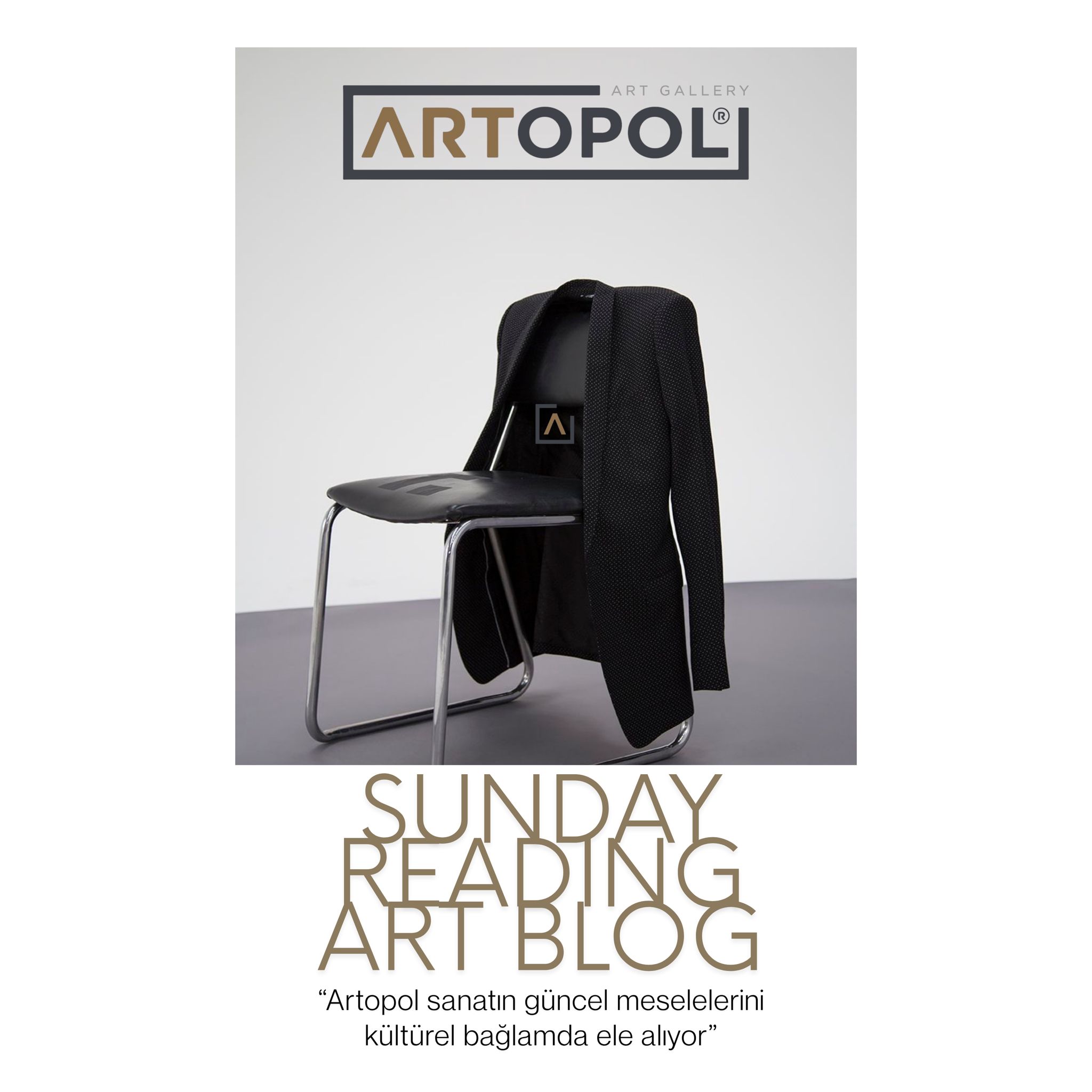Art is an area that is highly open to interpretation, with its main purpose being to create spiritual fulfillment. Artists express their inner worlds through art, and those who experience their works can reach a sense of artistic satisfaction. There are many ways for an artist to externalize their emotions. To create the most beautiful result, an artist may use various methods. In this article, we will discuss the collage technique, which has become increasingly common in recent years.
In its most basic sense, collage means “to paste.” In everyday language, it is also used to describe the act of sticking or gluing things together. The materials used in collages vary widely. These can include images and photographs from magazines, fabrics, newspaper clippings, letters and stamps, and many other items. The variety of materials depends entirely on the imagination of the person creating the collage. This imagination leads to the emergence of entirely unique works of art.
When making a collage, the first step is to decide which materials will be used. Then, the chosen materials must be cut at appropriate angles and shapes. The size and shape of these cuts depend entirely on the artist. After cutting, the final stage of creating the collage is the pasting process. The selected materials are usually glued onto paper or a canvas surface. The collage, which is a two-dimensional yet rich and layered form of art, is thus completed.
Famous Collage Artists
Collage art is a technique that can be learned from a very young age and is easy to apply. Although simple to perform, it is a creative art form that has also been frequently used by great artists. Especially within the movements of Cubism, Dadaism, and Surrealism, collage art has been widely featured. In Dadaism, collage was used to reject chaos; in Surrealism, to explore the boundary between reality and imagination; and in Cubism, to blend space, time, and open forms. Now, let’s look at five major collage artists.
John Stezaker
John Stezaker is an artist who used collage in a way that reflects all three of these movements. He often used vintage photographs, images of Hollywood stars, and postcards as materials. By cutting and layering these printed materials, he created entirely new personalities, landscapes, and worlds. Since 1970, Stezaker has exhibited his works in numerous solo and group exhibitions. Combining opposing themes such as nature and modern life, he has produced timeless artworks that highlight the contrasts of existence.
Eileen Agar
Eileen Agar is one of the most important and irreplaceable figures in Surrealism. As a woman artist, she faced many challenges but still created some of the most remarkable works of her era. Her deep passion for art drove her to continue creating despite all difficulties. Compared to other artists, her collages have a greater sense of depth. She avoided symbolism and the conventional representation of objects, choosing instead to challenge norms. Her collages reflect her idea that chaos reemerges and gives rise to new systems.
Henri Matisse
Henri Matisse used collage in a way that differed greatly from its traditional form. For him, using scissors was a way of painting. Alongside his wide-ranging use of artistic forms, he employed colors and patterns in his collages. His unique style — which revealed the curves of the human body, decorated paper with plant, animal, and abstract forms, and broke away from convention — produced extraordinary works. The blending of colors and the concept of “painting with scissors” best describe his artistic approach.
Jesse Treece
Jesse Treece is an artist who believes that art does not necessarily need to have meaning — embracing a freer understanding of art. He enjoys exploring the extremes of life in his work. While interpreting the ordinary aspects of existence, he combines elements such as science and nature, the inner and outer world, the large and the small — often using newspapers and magazines. Since 2009, he has devoted his life entirely to collage art.
Pablo Picasso
Pablo Picasso is one of the most famous painters in the world. Known globally for his paintings, he also created many collage-based works of art. He carefully selected his collage materials and used them to produce rich, meaningful compositions.
How to Make a Collage?
As with any art form, collage first requires mental preparation. Once this stage is complete, the next step is to choose the surface on which the collage will be made. Today, digital backgrounds are often used for collages. However, if a more traditional and artistic approach is preferred, a canvas, paper, or board can be used as the base.
The artist must decide on the application style — whether it will be complex or simple — as this will affect how the collage is created. Since imagination plays the most important role, even attaching random items like shells, bottle caps, or pencils onto paper can result in a work of art. To create a mysterious and surprising piece, it is beneficial to experiment with all kinds of materials.
Before starting, one should not neglect small details. Choosing the right adhesive for the surface is also very important. Uneven or raised surfaces can ruin the aesthetic appearance of the collage and make it look careless.
There are no limits in collage art — it can go as far as the imagination allows. Every detail is determined by the artist. Materials should be chosen and glued according to the desired composition. If care is not taken in selecting high-quality materials, the value of the work will diminish. The type of material, adhesive, and method of application all matter. Buttons, newspaper clippings, thread, magazine pieces, and fabrics should each be used with the appropriate glue.
The goal in collage is to achieve a two-dimensional composition. Properly layering the materials and using high-quality supplies are key to creating the desired visual effect.
Collage Design Methods
Paper Collage
Before starting this imagination-based technique, an internal theme must first be chosen. For instance, newspaper clippings can be combined to convey a striking message, or photos of a beloved artist can be used to create a purely aesthetic collage. This depends entirely on the creator’s intention. Once the goal is set, it becomes easier to find suitable materials.
Before making a paper collage, examine all possible paper materials for inspiration. Old magazines and newspapers are particularly rich sources for collage materials. To make the collage more colorful and unique, additional materials such as fabric or ribbon can also be used.
Collected images and materials should be stored safely until used — an old shoebox works well for this purpose.
Ensure that the background paper chosen for the collage is sturdy and durable.
Before gluing, arrange the pictures on the paper to test the layout; this makes adjustments easier if you change your mind. Use glue to attach the pictures and decorative materials. Let the collage dry overnight. The next day, it will be ready for display or use.
Digital Collage
As with paper collage, the first step here is to determine a central theme. You might choose your favorite city, a country you visited, or your family. Once the theme is set, the next step is to select suitable photos. Using a collage-making program will make the process much easier. Still, there are important points to keep in mind.
Adding too many photos can make your collage look cluttered. Therefore, try to choose meaningful visuals. The connections between the images will also enhance the collage’s overall value.
To create a more original look, you can apply different settings to some of the photos. Even adjusting contrast levels can make a noticeable difference.
For online use, 72 dpi resolution is ideal; for printing, 300 dpi is recommended.
Creating a Natural Collage
If you wish to create a natural collage, all the materials you use should come from nature. The main theme might include seashells, sandstones, or leaves.
First, obtain thick, durable paper. You’ll also need a strong adhesive to secure your materials.
You can start by sketching a seascape or your own design with a pencil. Once the outlines are drawn, gluing the materials becomes easier. The more variety in your materials, the more artistic the result will be.
Ensure all materials are dry before use.
Since regular glue may not hold these materials well, PVC adhesive will be more effective.



